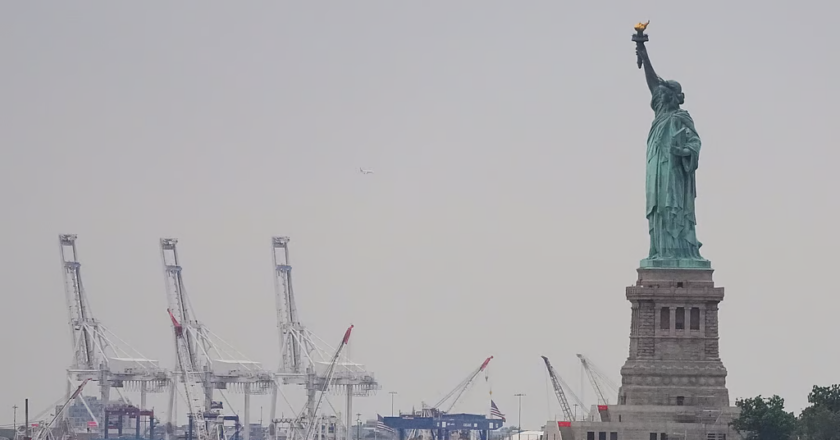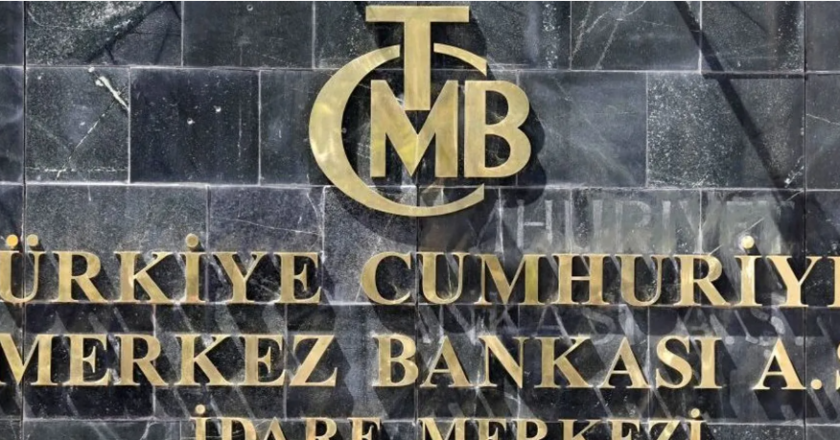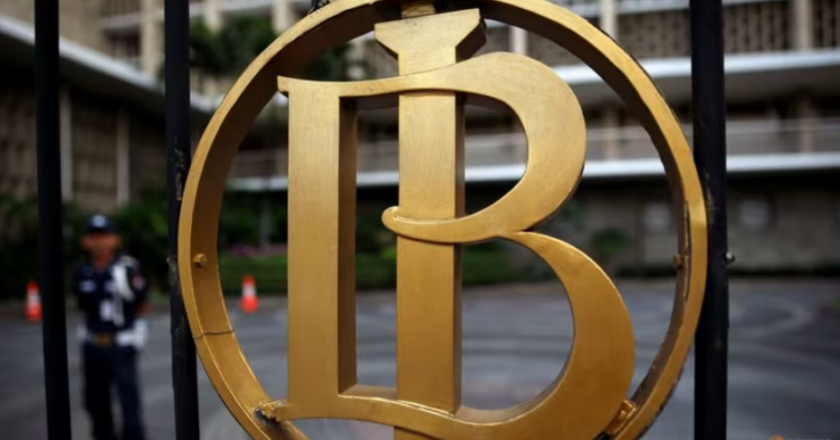China’s economy and its influence on global markets
China remains among the largest global economies, but it faces significant economic headwinds. The country’s real gross domestic product (GDP) growth, a common economic activity measure, slowed from double-digit annual increases during the 2000s to 5.3% in this year’s second quarter. Nevertheless, China remains a major global trading partner and ranks as the second-largest economy worldwide, trailing only the United States.
’s agenda emphasizes reframing Chinese trade relations. To reduce dependence on Chinese-made goods and promote domestic manufacturing, President Trump implemented varying on Chinese imports. Early in the new administration, the U.S. added 10% tariffs to China. That quickly doubled to 20% and eventually totaled 145%, threatening to cripple trade ...









